Graph the parabola.x2 + 3y = 0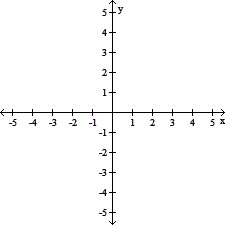
A. 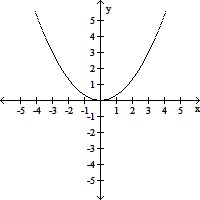
B. 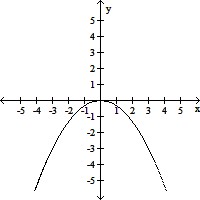
C. 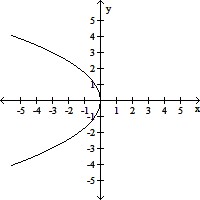
D. 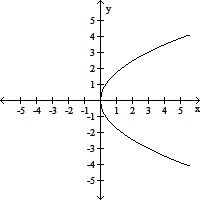
Answer: B
You might also like to view...
Solve the problem.The product of two consecutive integers is 7 less than 7 times their sum. Find the integers.
A. 0, 1 B. 0, 1 or 13, 14 C. 0, 1 or 14, 15 D. 13, 14
Start with the given graph of y. a) Describe a sequence of transformations that results in the graph of g(x); b) Find the range of g(x); c) Find the horizontal asymptote of the graph of g(x).y = 5x; g(x) = 52x + 1 + 3
A. a) The graph of y = 5x is compressed horizontally by a factor of  , shifted
, shifted  unit to the right, and shifted three units up.
unit to the right, and shifted three units up.
b) (3, ?)
c) y = 3
B. a) The graph of y = 5x is compressed horizontally by a factor of  , shifted
, shifted  unit to the left, and shifted three units down.
unit to the left, and shifted three units down.
b) (-3, ?)
c) y = -3
C. a) The graph of y = 5x is compressed horizontally by a factor of  , shifted
, shifted  unit to the right, and shifted three units down.
unit to the right, and shifted three units down.
b) (-3, ?)
c) y = -3
D. a) The graph of y = 5x is compressed horizontally by a factor of  , shifted
, shifted  unit to the left, and shifted three units up.
unit to the left, and shifted three units up.
b) (3, ?)
c) y = 3
Find a, b, and h so that f(x) ? a sin (b(x - h)). Round to two decimal places if necessary.f(x) = sin 2x - 3 cos 2x
A. a = 3.16, b = 4, h = 0.95 B. a = 1.41, b = 2, h = 0.62 C. a = 3.16, b = 2, h = 0.62 D. a = 0.62, b = 4, h = 3.16
Give the maximum number of zeros the polynomial function may have. Use Descarte's Rule of Signs to determine how many positive and how many negative zeros it may have.f(x) = x5 + x4 + x2 + x + 2
A. 5; 0 positive zeros; 1 negative zero B. 5; 0 positive zeros; 3 or 1 negative zeros C. 5; 0 positive zeros; 2 or 0 negative zeros D. 5; 0 positive zeros; 0 negative zeros